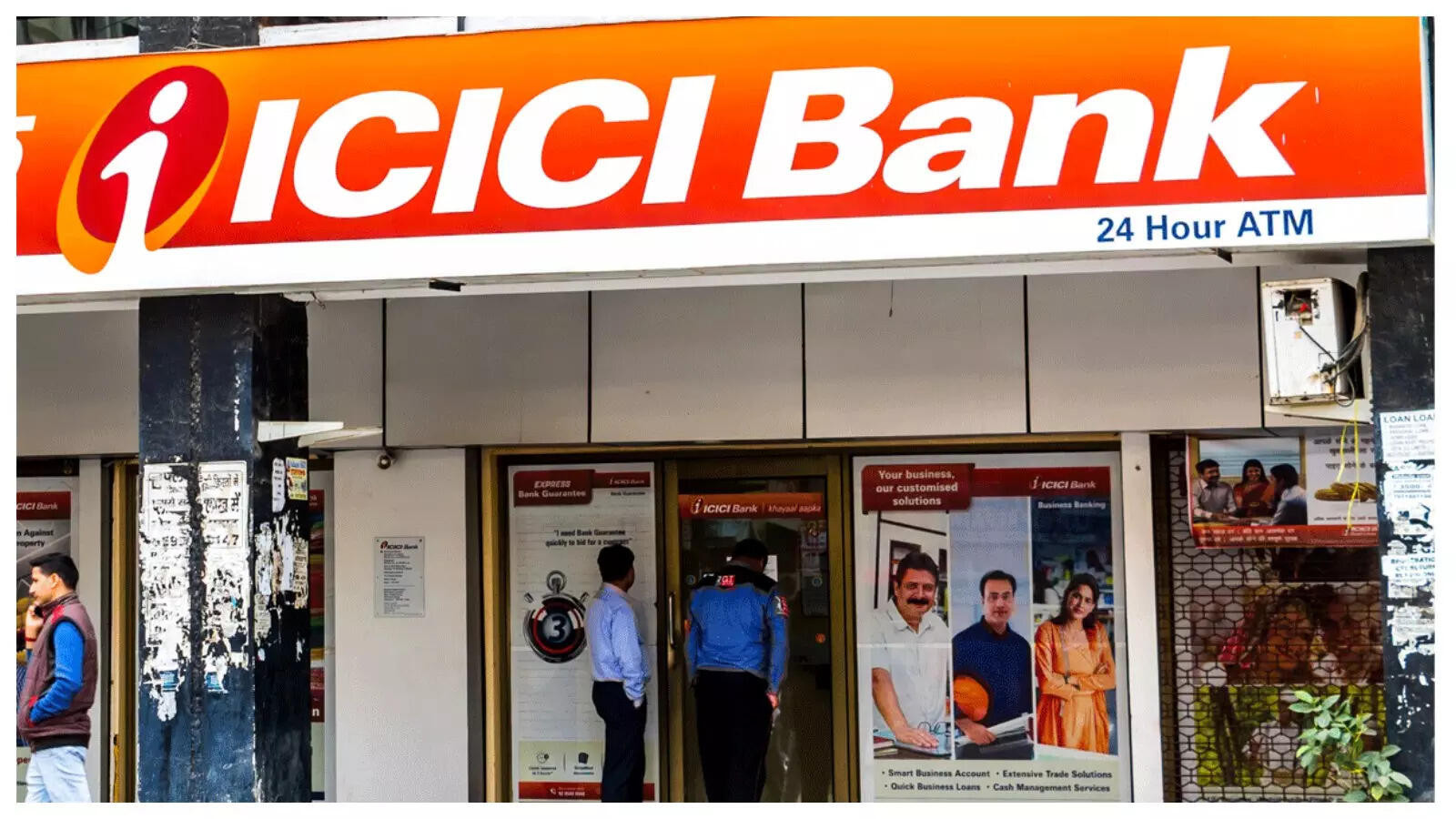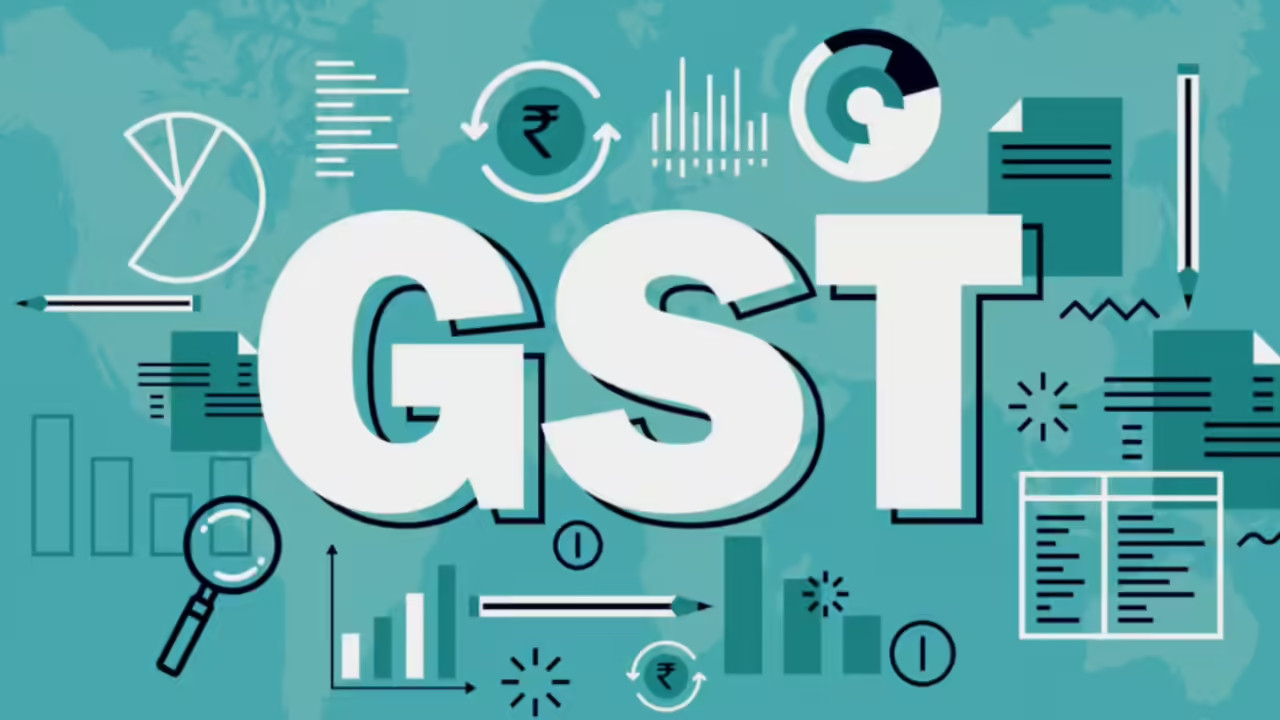HDFC Bank and ICICI Bank both reported robust earnings growth for the June 2025 quarter, fueled by increased interest and non-interest income. HDFC Bank announced a bonus issue and dividend, with net profit rising 12.2%. ICICI Bank’s net profit grew by 15.4%, driven by income growth, while both lenders expressed caution regarding margin pressures and certain retail lending segments.
Banking on Success: HDFC and ICICI Bank Soar to New Heights
The financial world is abuzz, and for good reason. India’s banking giants, HDFC Bank and ICICI Bank, have just revealed their Q1 earnings, and the numbers are, frankly, staggering. We’re not just talking about incremental growth; we’re seeing record profits that paint a picture of resilience, strategic prowess, and a consumer landscape that, despite global uncertainties, continues to fuel domestic demand.
So, what’s behind these impressive results? Let’s dive into the key factors driving this surge in profitability.
A Deep Dive into HDFC Bank’s Stellar Performance
HDFC Bank, a consistent performer, continues to set the benchmark for the Indian banking sector. Their Q1 results showcase a significant jump in net profit, driven primarily by robust loan growth and a healthy net interest margin (NIM). What does this mean for the average person? Simply put, HDFC Bank is lending more money and earning more on those loans, reflecting both a strong demand for credit and the bank’s ability to manage its finances effectively.
But it’s not just about lending. HDFC Bank has also strategically focused on expanding its digital footprint and enhancing customer experience. This investment in technology is paying off, attracting a younger, digitally savvy customer base and streamlining operations. Their commitment to innovation and customer-centric services is undoubtedly a key ingredient in their continued success.

The merger with HDFC Limited is also playing a crucial role. While the full impact of the merger is still unfolding, the initial signs are positive. The combined entity is now an even more formidable force in the market, with a wider range of products and services to offer customers. The synergy between the two entities is expected to unlock even greater value in the coming years.
ICICI Bank: Riding the Wave of Growth
ICICI Bank is another major player making headlines. Like HDFC Bank, ICICI Bank has reported record profits for Q1, demonstrating its ability to navigate a complex economic landscape and capitalize on emerging opportunities. Their success is rooted in a diversified business model, a strong focus on risk management, and a commitment to providing innovative financial solutions.
One of the key drivers of ICICI Bank’s growth is its strong retail banking franchise. The bank has successfully expanded its customer base and increased its market share in key segments like personal loans, auto loans, and home loans. This retail focus, combined with a growing corporate banking presence, gives ICICI Bank a well-rounded and resilient portfolio.
Furthermore, ICICI Bank has made significant strides in improving its asset quality. By proactively managing its loan portfolio and reducing non-performing assets (NPAs), the bank has strengthened its financial position and improved its profitability. This disciplined approach to risk management is a testament to the bank’s commitment to sustainable growth.
The Common Threads: What’s Driving the Banking Boom?
While HDFC Bank and ICICI Bank have their unique strategies, some common factors contribute to their collective success. The healthy growth of the Indian economy, driven by rising consumer spending and increased investment, is undoubtedly a major tailwind. Furthermore, the government’s focus on infrastructure development and financial inclusion is creating new opportunities for banks to expand their reach and serve a wider range of customers.
Another key factor is the increasing adoption of digital banking. As more and more people embrace online and mobile banking, banks are able to reduce their operating costs and offer a wider range of services at a lower cost. This digital transformation is not only improving efficiency but also enhancing customer experience, making banking more accessible and convenient for everyone. You can learn more about related innovations by checking out our piece on fintech solutions.
Navigating the Future: Challenges and Opportunities
While the current outlook is positive, the banking sector faces its share of challenges. Rising inflation, global economic uncertainty, and increasing competition are all factors that could impact future performance. Banks will need to remain vigilant, adapt to changing market conditions, and continue to innovate to maintain their competitive edge.
However, these challenges also present opportunities. By embracing new technologies, developing innovative products and services, and focusing on customer-centric solutions, banks can overcome these hurdles and continue to thrive in the years to come. The future of Indian banking looks bright, filled with both challenges and the promise of continued growth.
Conclusion:
The remarkable Q1 results from HDFC Bank and ICICI Bank are a testament to the strength and resilience of the Indian banking sector. While challenges remain, these institutions are well-positioned to capitalize on emerging opportunities and continue to drive economic growth in India.







